Home>Garden Essentials>How Long Does Callaloo Take To Germinate
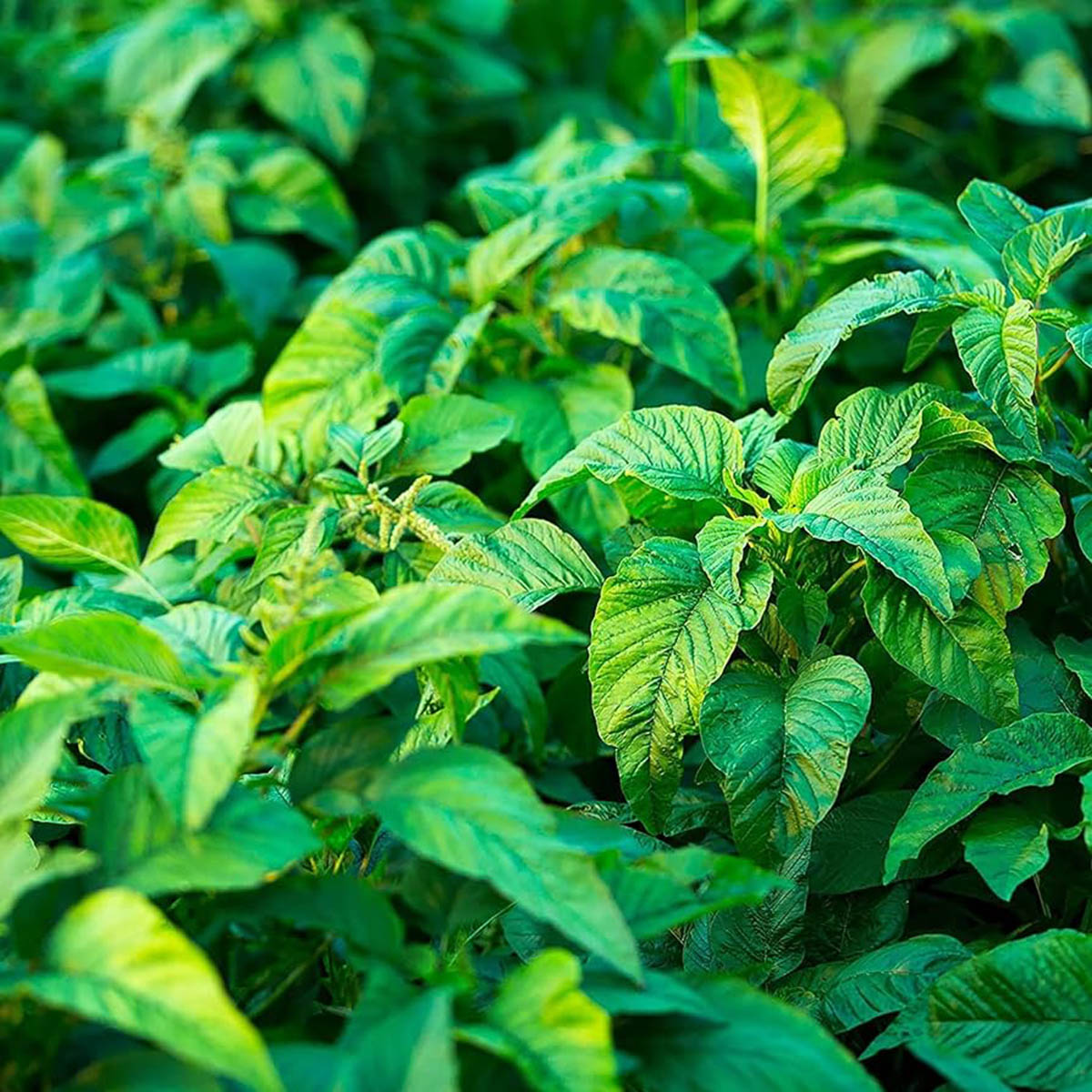

Garden Essentials
How Long Does Callaloo Take To Germinate
Modified: March 16, 2024
Learn how long it takes for calaloo seeds to germinate in your garden. Get expert tips and advice for successful gardening.
(Many of the links in this article redirect to a specific reviewed product. Your purchase of these products through affiliate links helps to generate commission for Storables.com, at no extra cost. Learn more)
Introduction
Gardening is a rewarding and fulfilling hobby, allowing us to grow nutritious fruits, vegetables, and herbs right in our own backyard. One such herb that has gained popularity in recent years is calaloo, known for its vibrant green leaves and delicious flavor.
Calaloo, also known as amaranth, is not just a tasty addition to our culinary repertoire, but it also offers numerous health benefits. Packed with essential nutrients like vitamins A, C, and K, as well as minerals such as calcium, iron, and potassium, calaloo can help boost our immune system, improve digestion, and promote overall well-being.
When it comes to growing calaloo, one question that often arises is: how long does it take for calaloo seeds to germinate? Germination time refers to the period it takes for a seed to sprout and develop into a seedling. Understanding the germination process of calaloo and the factors that influence its duration can help us better plan our gardening activities and ensure successful growth.
In this article, we will explore the importance of germination time, the factors affecting calaloo seed germination, the process itself, the average germination time, and some tips for speeding up the germination process. So, let’s dig in!
Key Takeaways:
- Calaloo seeds typically take 7 to 14 days to sprout. Factors like warmth, moisture, and seed quality influence germination time. Patience and care are key for successful growth.
- Pre-soaking seeds, providing warmth, moisture, and good soil quality can speed up calaloo seed germination. Understanding the process and factors helps optimize gardening efforts.
Read more: How Long Does It Take For Mint To Germinate?
Importance of Germination Time
Germination time is a critical factor in gardening as it determines when we can expect to see the first signs of growth in our plants. Understanding the importance of germination time can help us plan our planting schedules, allocate resources efficiently, and make necessary adjustments to ensure optimal plant development.
One of the key reasons why germination time is important is that it allows us to estimate when we can expect to harvest our crops. Different plants have varying growth rates, and knowing the germination time of a specific plant like calaloo can give us an approximate timeframe for when we can start reaping the rewards of our labor. This helps in planning meals, storing produce, or even saving seeds for future plantings.
Furthermore, germination time can also impact the success of our gardening endeavors. If seeds take too long to germinate, they may be at a higher risk of fungal or bacterial attacks, or they may not germinate at all. By understanding the average germination time of calaloo, we can determine whether the seeds are viable or if special measures are required, such as pre-soaking or providing an optimal environment, to promote successful germination.
In addition, knowing the germination time allows us to plan our gardening activities more effectively. It helps us schedule tasks such as preparing the soil, sowing the seeds, providing adequate water and sunlight, and monitoring the progress of the seedlings. This ensures that we can provide the necessary care and attention at each stage of growth, leading to healthier and more productive plants.
Overall, the importance of germination time lies in its ability to guide us in making informed decisions, optimizing resources, and ensuring successful plant growth. By understanding the germination time of calaloo, we can maximize our gardening efforts and enjoy a bountiful harvest of this nutritious and flavorful herb.
Factors Affecting Germination Time
While the germination time of calaloo can vary, several factors can influence how long it takes for the seeds to sprout and grow into healthy seedlings. Understanding these factors can help us create optimal conditions for germination and increase our chances of success in growing calaloo.
1. Temperature: Temperature plays a crucial role in the germination process. Calaloo seeds generally require warm soil with temperatures ranging from 65°F to 85°F (18°C to 29°C) for optimal germination. Cooler temperatures may slow down the germination process, while excessively high temperatures can inhibit germination altogether.
2. Moisture: Adequate moisture is essential for seed germination. Calaloo seeds should be kept consistently moist but not waterlogged. Providing a moist environment will help soften the seed coats, allowing the seeds to absorb water and initiate germination. However, it is important to avoid overwatering, as excessive moisture can cause the seeds to rot or develop fungal diseases.
3. Light: Light requirements can vary among different plant species, and calaloo is known to germinate best in partial or full sunlight. Therefore, sowing calaloo seeds at the appropriate depth is crucial to ensure that they receive the right amount of light for germination. Shallow planting, typically around 1/4 inch deep, allows the seeds to access sufficient light for germination.
4. Soil Quality: The quality of the soil can significantly impact germination time. Calaloo seeds thrive in well-draining soil with adequate organic matter. It is recommended to prepare the soil by removing any debris, rocks, or weeds and incorporating compost or well-rotted manure to improve soil fertility and structure. Good soil quality promotes healthy root development, aiding in the germination process.
5. Seed Quality: The quality of the calaloo seeds themselves also plays a role in the germination time. Fresh seeds typically have a higher germination rate compared to older seeds. It is advisable to source seeds from reputable suppliers to ensure their viability and increase the likelihood of successful germination.
6. Seed Treatment: Some gardeners employ seed treatments to enhance germination. Pre-soaking the calaloo seeds in water for a few hours or overnight can help soften the seed coats and expedite germination. However, not all seeds require pre-soaking, so it is essential to research the specific requirements of calaloo seeds before attempting this method.
By considering these factors and providing the optimal conditions for calaloo seed germination, we can enhance the chances of successful growth and have a bountiful harvest of this nutritious herb.
The Germination Process of Calaloo
The germination process of calaloo, or amaranth, follows a series of stages that result in the emergence of a seedling. Understanding these stages can help us monitor the progress of our calaloo seeds and ensure the best possible conditions for successful germination.
1. Seed Swelling: The first stage of germination is seed swelling. When the calaloo seed comes into contact with moisture, it absorbs water, causing the seed coat to swell. This swelling allows the seed to break dormancy and prepare for germination.
2. Radicle Emergence: After seed swelling, the radicle, which is the first embryonic root, emerges from the seed. The radicle grows downwards into the soil, anchoring the seedling and absorbing water and nutrients from the surrounding environment.
3. Shoot Growth: Simultaneously, as the radicle develops, the shoot starts growing upward towards the surface. The shoot consists of the stem and the cotyledons, which are the embryonic leaves contained within the seed. As the shoot emerges from the soil, the cotyledons unfurl, allowing the transport of nutrients to support further growth.
4. Leaf Expansion: Once the shoot emerges, the cotyledons begin to expand, producing true leaves. These leaves are distinct from the cotyledons and are responsible for photosynthesis, the process of converting sunlight into energy for the plant’s growth.
5. Root and Stem Development: As the seedling continues to grow, the root system expands, branching out to absorb water and nutrients from the soil. At the same time, the stem elongates, allowing for more robust growth and the development of additional leaves.
6. True Leaf Formation: As the calaloo seedling matures, it produces additional sets of true leaves, replacing the cotyledons. These true leaves are fully functional and enable the plant to continue photosynthesis and sustain its growth.
The germination process of calaloo can take anywhere from 7 to 14 days, depending on various factors such as temperature, moisture, and seed quality. Monitoring and providing the ideal conditions throughout each stage of germination can promote healthy growth and facilitate the successful establishment of calaloo plants.
Calaloo seeds typically take 7-14 days to germinate. Keep the soil consistently moist and provide warm temperatures for best results.
Average Germination Time of Calaloo
The germination time of calaloo, or amaranth, can vary depending on several factors. However, on average, calaloo seeds typically take around 7 to 14 days to germinate. It is important to note that this is an estimated timeframe and individual results may vary.
One of the primary factors influencing the germination time of calaloo is the temperature. Calaloo seeds prefer warm soil and germinate best when the temperature is between 65°F to 85°F (18°C to 29°C). Cooler temperatures can extend the germination period, while higher temperatures may inhibit germination. Providing a consistently warm environment for the seeds can help optimize the germination time.
Moisture is another crucial factor in calaloo seed germination. Keeping the seeds adequately moist, but not waterlogged, is essential for successful germination. Moisture softens the seed coats, allowing water absorption and the initiation of germination. Monitoring the soil moisture and providing regular watering can contribute to achieving the average germination time.
Furthermore, the quality and viability of the calaloo seeds can influence the germination time. Fresh seeds typically have a higher germination rate compared to older or improperly stored seeds. Purchasing high-quality seeds from reputable suppliers and checking the viability before planting can help ensure a more consistent germination time.
While the average germination time of calaloo is around 7 to 14 days, it is important to be patient and allow sufficient time for the seeds to sprout. Some seeds may germinate earlier, while others may take longer. Factors such as soil conditions, light exposure, and individual seed characteristics can affect the germination time.
It is also worth noting that germination is a dynamic process, and not all seeds may germinate simultaneously. Some seeds may sprout earlier, while others may take a bit longer. Regular monitoring of the seedlings and providing the necessary care throughout the germination period can help ensure successful growth and a healthy crop of calaloo.
By understanding the average germination time of calaloo and considering the influencing factors, we can plan our gardening activities, provide the best conditions for germination, and foster the successful growth of this nutritious herb.
Read more: How Long Does It Take Millet To Germinate
Tips for Speeding up the Germination Process
For gardeners eager to see their calaloo seeds sprout and grow into healthy seedlings, there are several tips and techniques that can help speed up the germination process. By providing the optimal conditions and implementing these strategies, you can potentially reduce the germination time of your calaloo seeds. Here are some tips to consider:
1. Pre-soaking: Pre-soaking the calaloo seeds before planting can help soften the seed coat and facilitate quicker water absorption. Place the seeds in a bowl of room temperature water for a few hours or overnight before sowing them. This can help jump-start the germination process.
2. Warmth: Calaloo seeds prefer warm soil for germination. Providing a consistently warm environment can speed up the germination process. Consider using seedling heat mats or placing the seed trays in a warm location, such as near a sunny window or using a propagation chamber, to maintain the ideal temperature range of 65°F to 85°F (18°C to 29°C).
3. Moisture: Ensuring adequate moisture is crucial for seed germination. Keep the soil consistently moist but not waterlogged. Use a spray bottle or misting technique to provide a fine mist of water to avoid displacing the seeds or causing compaction. Regularly monitor the moisture levels and adjust watering accordingly.
4. Light: While calaloo seeds don’t require light during germination, providing sufficient light after the seedling emergence can promote faster growth. Place the trays or pots in an area with access to partial or full sunlight. If growing indoors, consider using grow lights to provide the necessary light energy for healthy development.
5. Good Seed Quality: Ensure you are using high-quality calaloo seeds obtained from reputable suppliers. Fresh seeds with higher viability have a better chance of faster and more consistent germination. Take care not to use old or improperly stored seeds as their germination rates may be reduced.
6. Adequate Air Circulation: Good air circulation is important for healthy seed germination. Ensure proper ventilation in the germination area to avoid excessive humidity and potential fungal or bacterial growth. A small fan or opening windows can help maintain airflow around the seedlings.
7. Prepare the Soil: Prior to sowing the calaloo seeds, prepare the soil by removing debris, rocks, and weeds. Incorporate organic matter such as compost or well-rotted manure to improve soil fertility and structure. A well-prepared soil provides a conducive environment for quicker seed germination.
8. Patience: While these tips can help speed up the germination process, it is essential to exercise patience. Different seeds have varying germination rates, and even with optimal conditions, some variation in germination time is normal. Avoid the temptation to disturb or dig up the seeds prematurely, as it can interfere with germination.
By implementing these tips and providing the ideal conditions for calaloo seed germination, you can potentially accelerate the germination process and enjoy a faster emergence of healthy calaloo seedlings.
Conclusion
Growing calaloo, or amaranth, in your garden can be a rewarding experience, providing you with delicious and nutritious greens to enjoy. Understanding the germination process and the factors that influence it is crucial for successful cultivation of calaloo. By knowing the average germination time and implementing strategies to speed up the process, you can optimize your gardening efforts and increase your chances of a bountiful harvest.
We explored the importance of germination time in planning our gardening activities and anticipating the harvest. The germination time provides crucial information for scheduling tasks, allocating resources, and ensuring the successful establishment of calaloo plants.
Several factors can affect the germination time of calaloo, including temperature, moisture, light, soil quality, seed quality, and seed treatment. Understanding these factors allows us to create the optimal conditions for germination and improve the chances of successful growth.
The germination process of calaloo follows a series of stages, starting from seed swelling to the emergence of the root and shoot, and the growth of true leaves. Monitoring the progress of the seedlings throughout these stages allows us to gauge their health and make necessary adjustments to provide appropriate care.
The average germination time of calaloo is around 7 to 14 days, but it can vary depending on various factors. Providing consistent warmth, moisture, and light, along with good soil quality and high-quality seeds, can help speed up the germination process and lead to healthier seedlings.
Lastly, we shared tips for speeding up the germination process of calaloo, including pre-soaking seeds, maintaining optimal warmth and moisture, providing adequate light, using good seed quality, ensuring proper air circulation, and practicing patience throughout the process.
In conclusion, by understanding the germination time, considering the influencing factors, and implementing the suggested tips, you can enhance the germination process of calaloo and enjoy a successful harvest of this nutritious herb. Happy gardening!
Frequently Asked Questions about How Long Does Callaloo Take To Germinate
Was this page helpful?
At Storables.com, we guarantee accurate and reliable information. Our content, validated by Expert Board Contributors, is crafted following stringent Editorial Policies. We're committed to providing you with well-researched, expert-backed insights for all your informational needs.





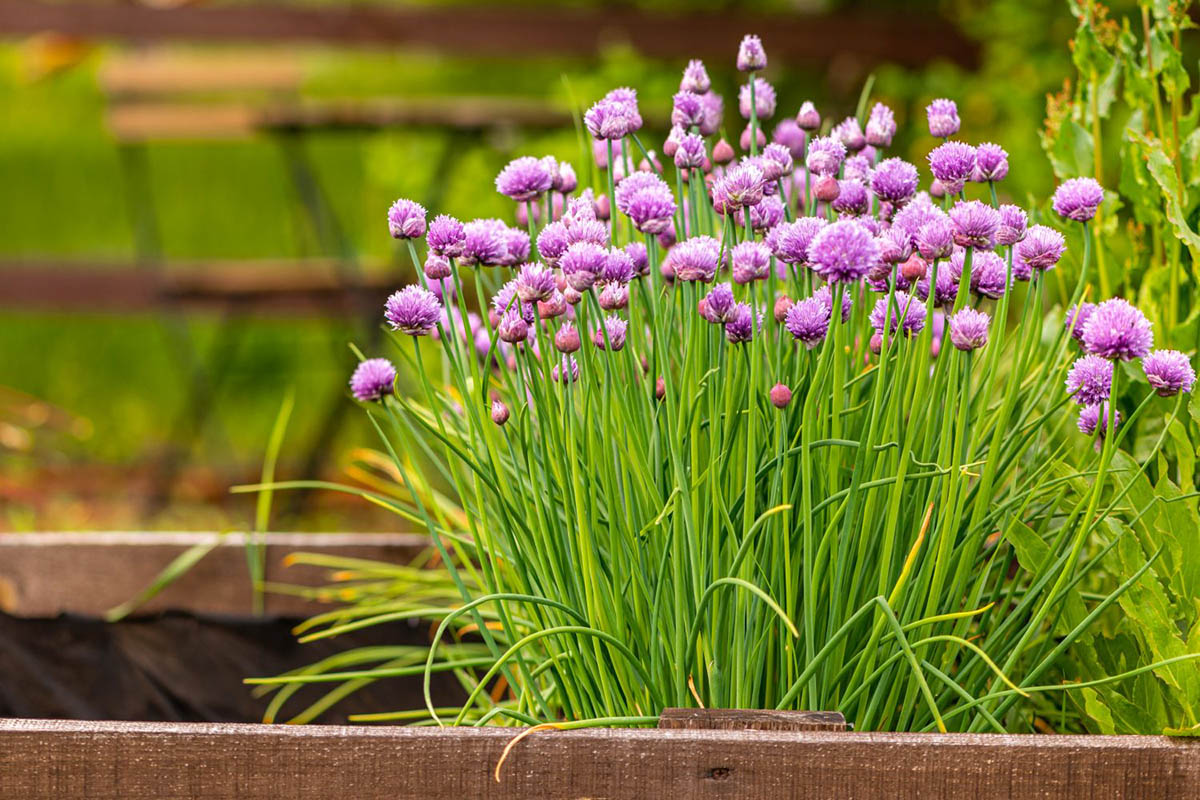
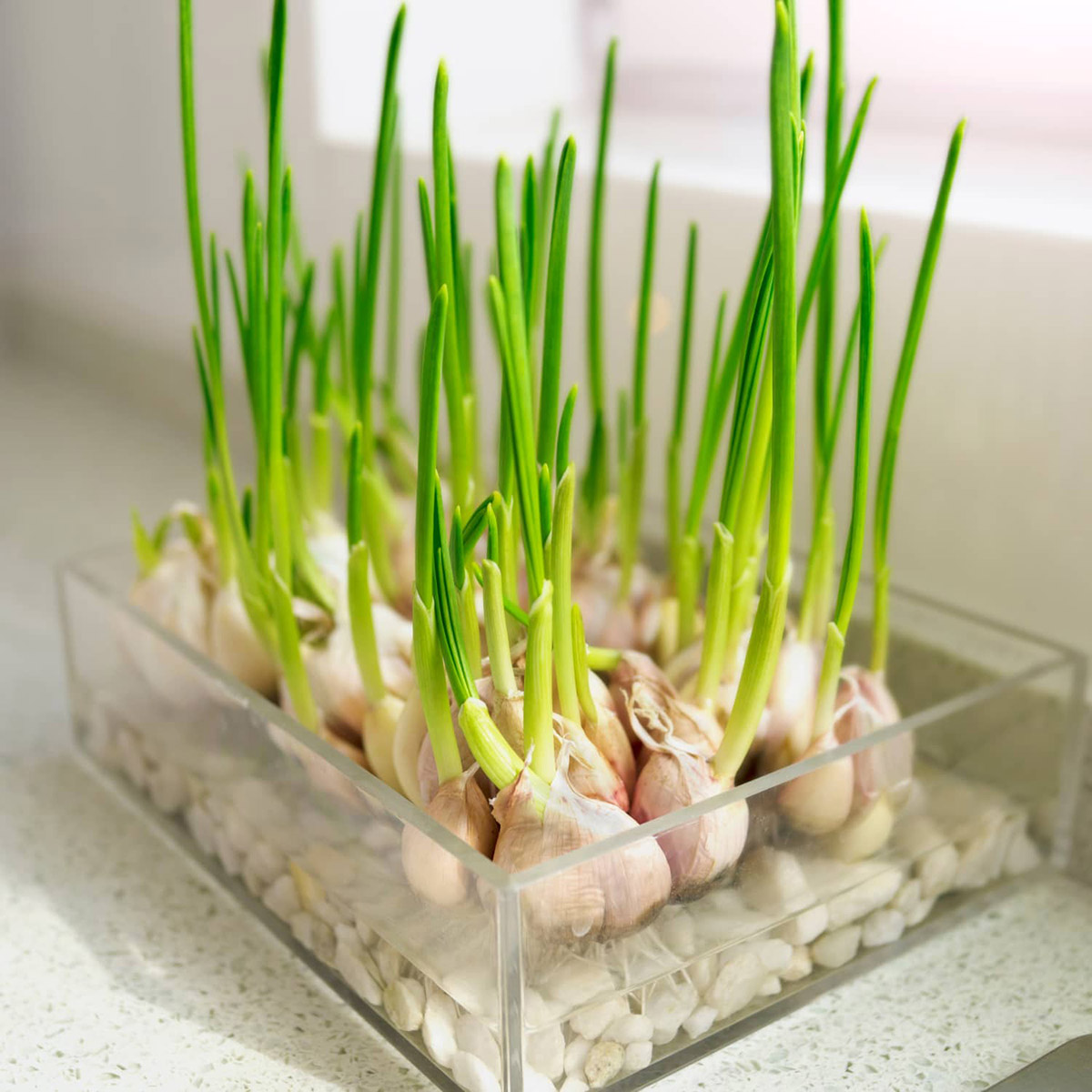
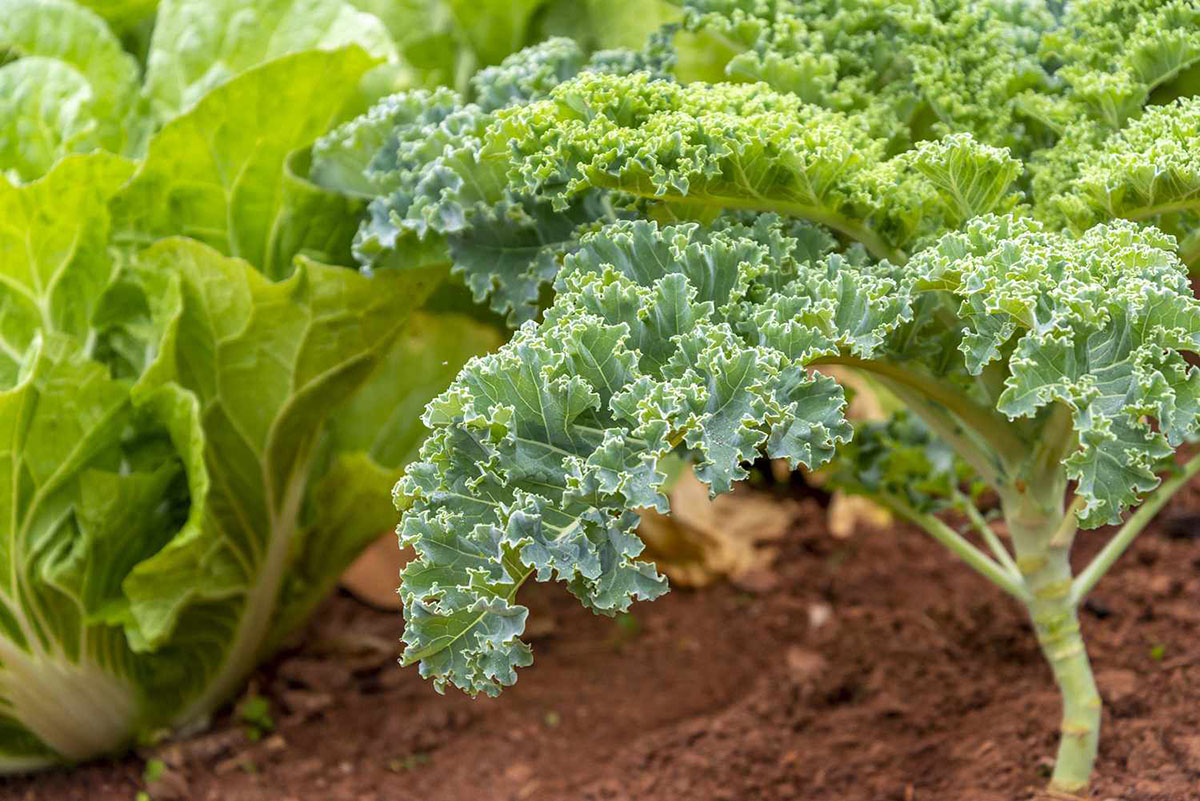
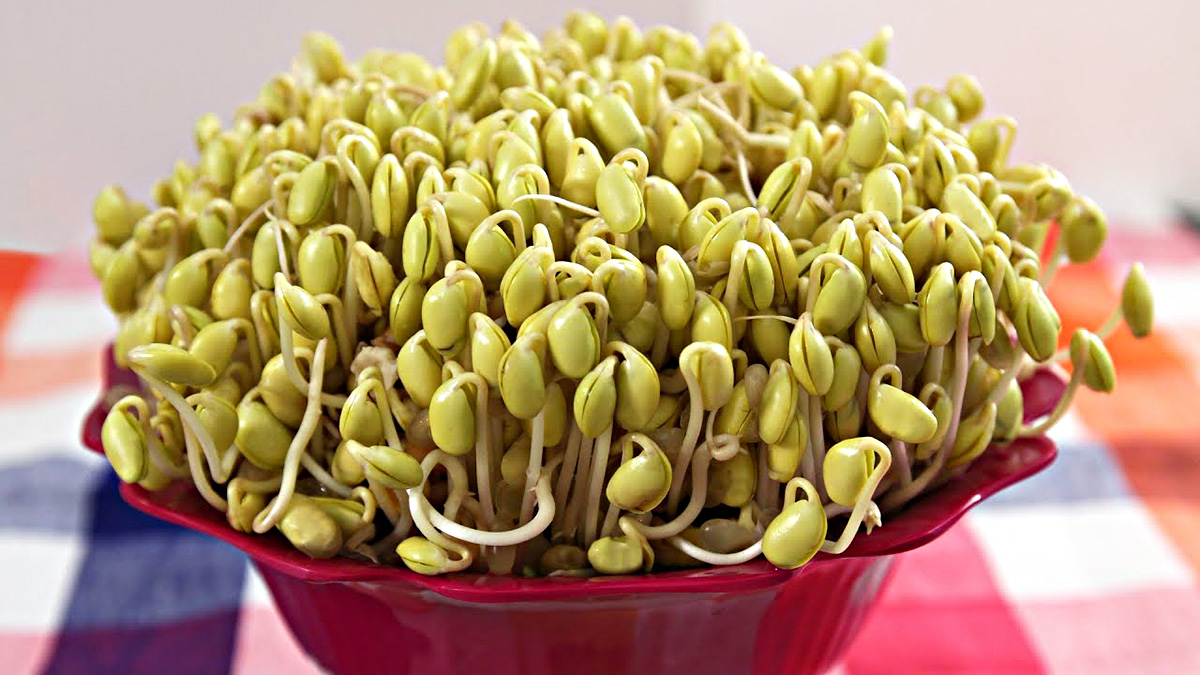
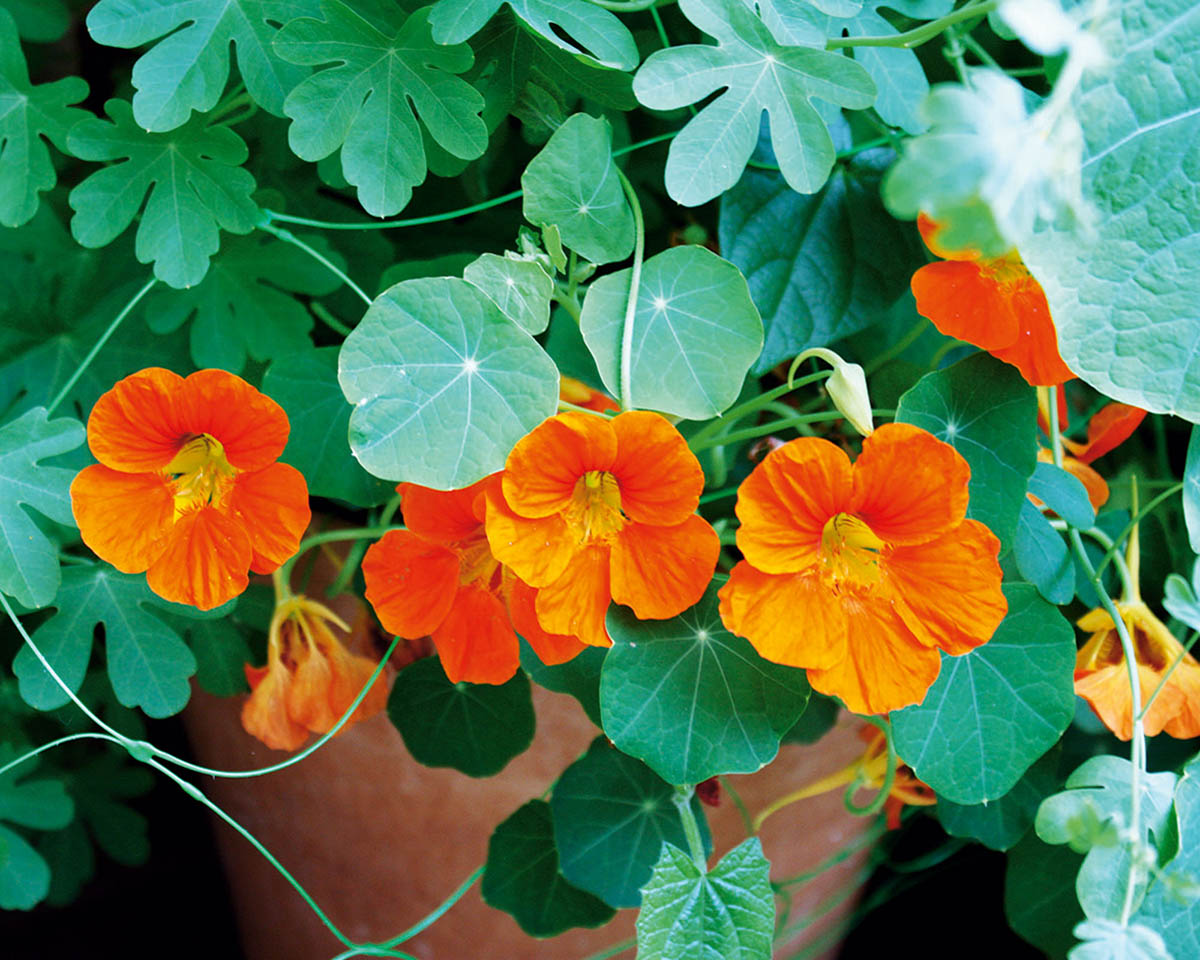
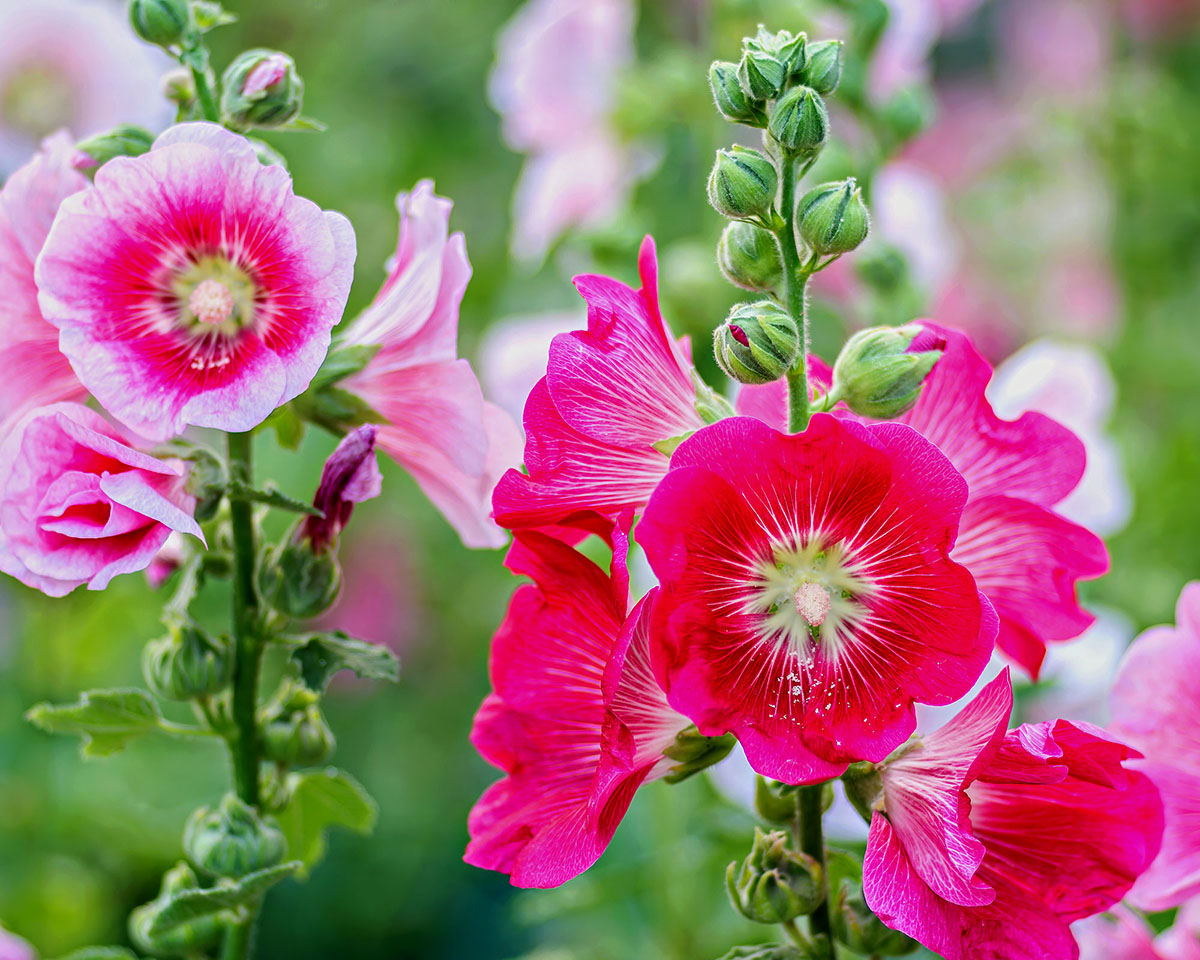
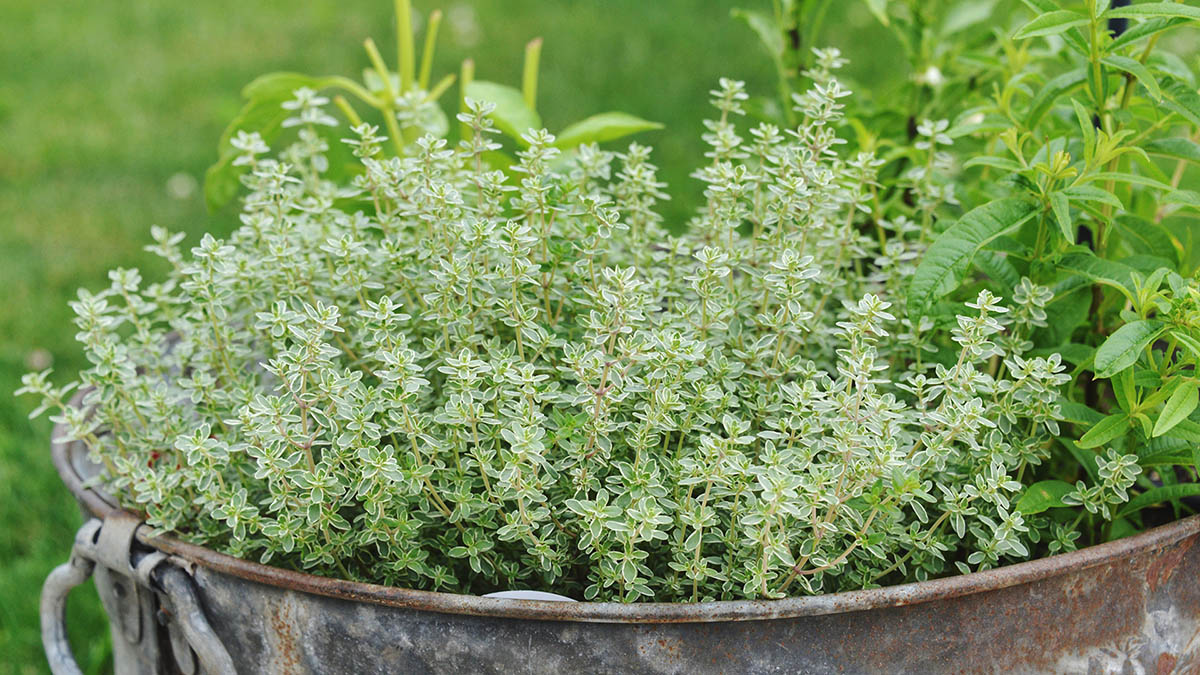
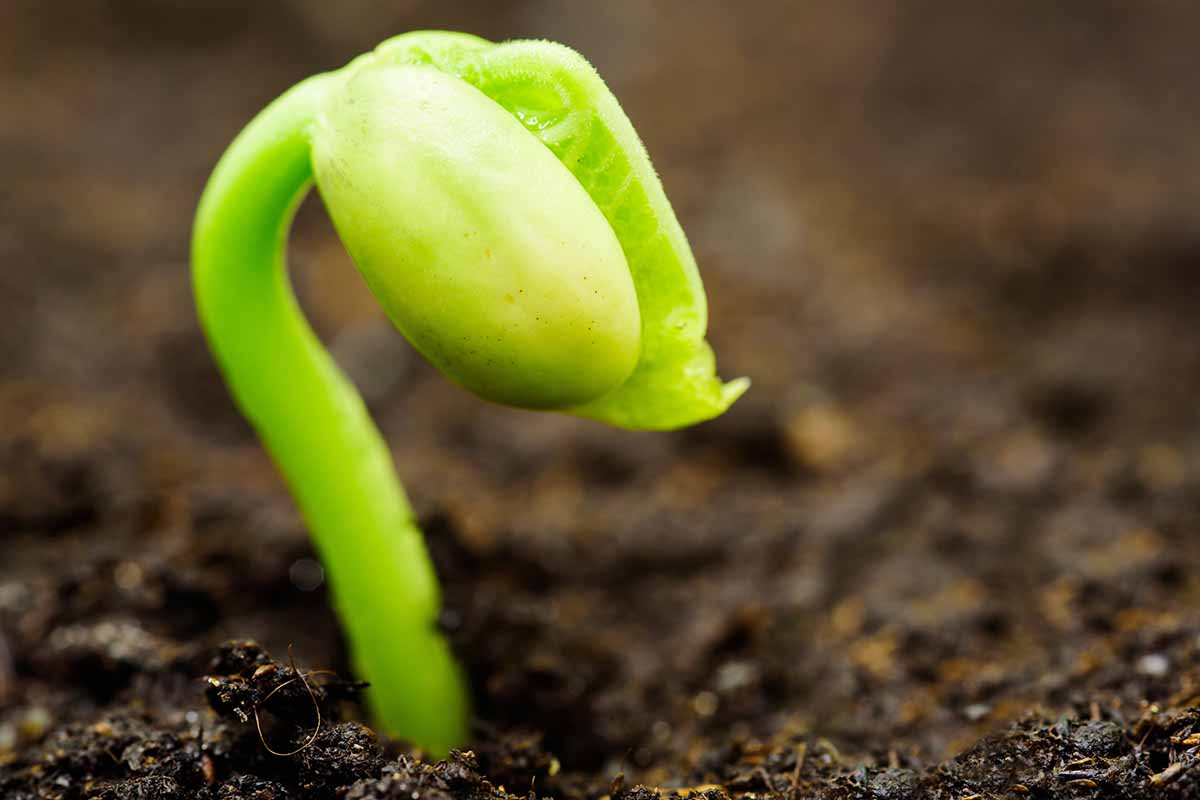
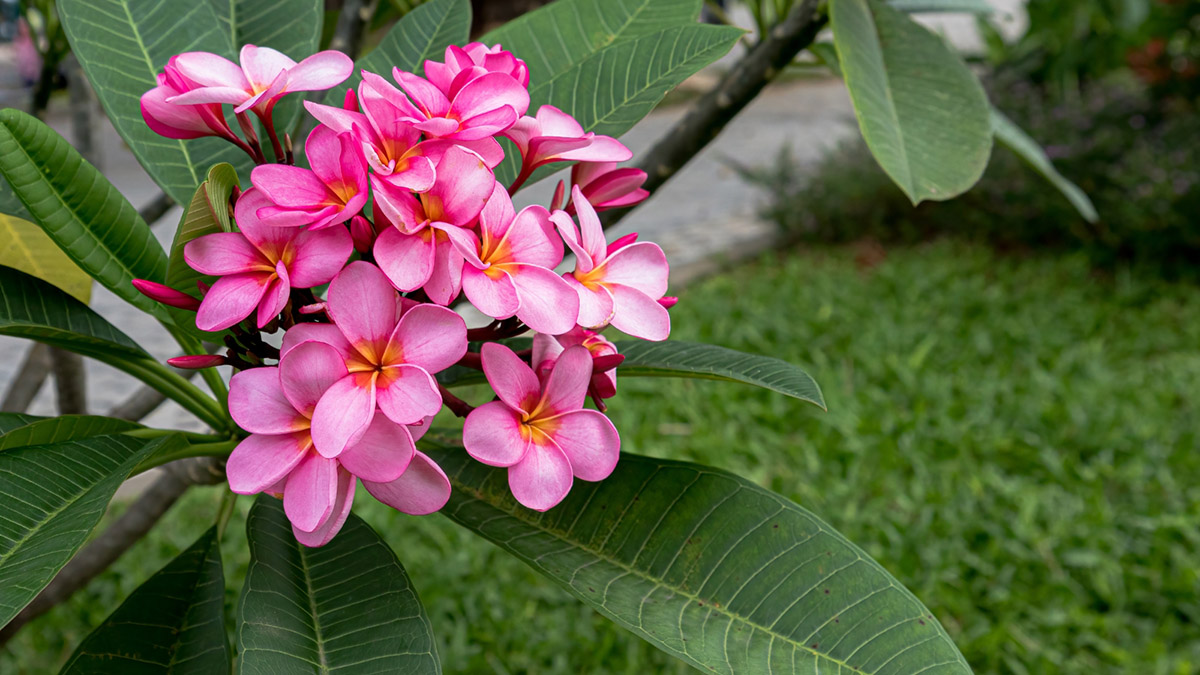

0 thoughts on “How Long Does Callaloo Take To Germinate”